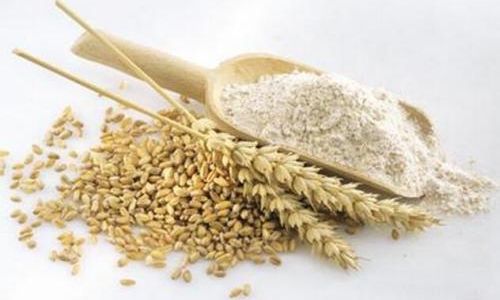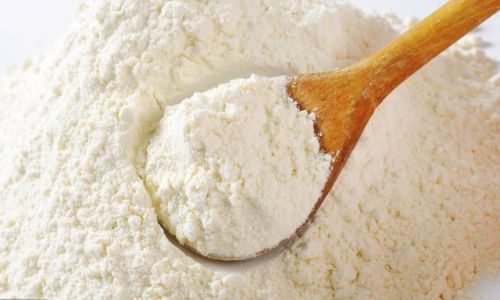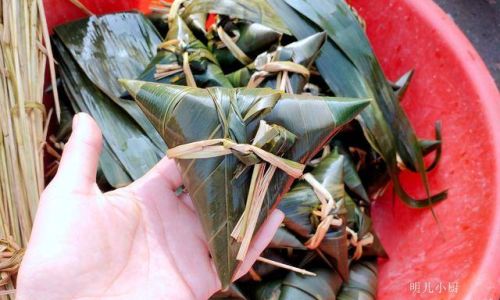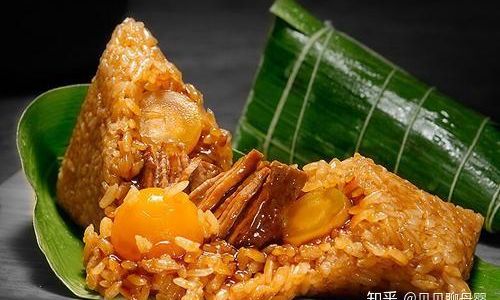Table of content
Introduction
In the vast realm of culinary ingredients, wheat starch and wheat flour stand as two distinct entities, each playing a pivotal role in various culinary preparations. Despite their shared origin from the wheat grain, these ingredients differ significantly in composition, usage, and the final texture and appearance of dishes they contribute to. Understanding how to differentiate between wheat starch and wheat flour is crucial for both home cooks and professional chefs alike, as it allows for more precise control over the outcome of their culinary endeavors. This comprehensive guide aims to demystify the differences between wheat starch and wheat flour, providing practical insights into their identification, properties, and applications.
Understanding Wheat Flour
Wheat flour is a staple ingredient in numerous cuisines worldwide, derived from the milling of whole wheat grains. The process involves grinding the wheat kernels into a fine powder, which retains most of its natural components, including proteins, starches, fats, minerals, and vitamins. Depending on the degree of refinement, wheat flour can be classified into various types, such as all-purpose flour, bread flour, cake flour, and whole wheat flour.

Composition and Properties
- Proteins: Wheat flour contains gluten-forming proteins (gliadin and glutenin), which give dough its elasticity and strength. This is particularly important in bread-making, where gluten development is crucial for achieving a light, airy loaf.
- Starches: The starch component in wheat flour contributes to the structure and texture of baked goods. During baking, starches gelatinize, absorbing moisture and creating a tender crumb.
- Fats and Minerals: Wheat flour also contains fats, primarily in the form of lipids, and minerals like iron, calcium, and selenium, which contribute to its nutritional profile.
- Ash Content: The ash content, which reflects the mineral content, varies among different types of wheat flour, influencing its baking performance.
Culinary Applications
- Bread and Pasta: High-protein bread flour is ideal for yeast-leavened breads and pasta due to its ability to form strong gluten networks.
- Cakes and Pastries: Lower-protein cake flour is preferred for delicate pastries and cakes, as it produces a softer, more tender crumb.
- Baking Mixes: All-purpose flour, with a moderate protein content, serves as a versatile option for a wide range of baking needs, from cookies to pies.
Understanding Wheat Starch
In contrast to wheat flour, wheat starch is a highly refined product, extracted specifically from the starch component of wheat grains. This process involves separating the starch from the protein, fat, fiber, and other components, resulting in a pure, white powder with unique functional properties.
Composition and Properties
- High Amylose Content: Wheat starch is characterized by its high amylose content, a type of polysaccharide that forms a gel when hydrated and heated. This property makes wheat starch ideal for creating smooth, glossy textures in foods.
- Low Protein and Fat: Unlike wheat flour, wheat starch is virtually devoid of gluten-forming proteins and fats, making it suitable for gluten-free and low-fat culinary applications.
- Neutral Taste and Odor: Wheat starch has a neutral taste and odor, allowing it to blend seamlessly into various dishes without altering their flavor profiles.
Culinary Applications
- Thickening Agent: Wheat starch is commonly used as a thickening agent in sauces, gravies, and soups, providing a clear, glossy finish without adding significant flavor or texture.
- Gluten-Free Baking: Its gluten-free nature makes wheat starch a valuable addition to gluten-free baking mixes, helping to improve the texture and mouthfeel of gluten-free breads, cakes, and pastries.
- Texturizing Agent: In Asian cuisine, wheat starch is often used in the preparation of noodles and dumplings, enhancing their smooth, slippery texture and preventing them from becoming sticky.
Distinguishing Between Wheat Starch and Flour
Given their distinct compositions and applications, distinguishing between wheat starch and wheat flour involves considering several key factors:

Appearance and Texture
- Color and Consistency: Wheat flour typically has a slightly yellowish hue and a granular texture, reflecting its natural components. Wheat starch, on the other hand, is a pure, white powder with a finer, smoother consistency.
- Solubility: When mixed with water, wheat starch forms a clear, translucent gel, whereas wheat flour creates a cloudy suspension due to its protein and fiber content.
Functional Properties
- Gluten Formation: Wheat flour’s ability to form gluten is a defining characteristic that sets it apart from wheat starch. This gluten network is essential for the structure and rise of yeast-leavened products.
- Gelatinization: Wheat starch gelatinizes at a lower temperature than the starches in wheat flour, making it more effective as a thickening agent in sauces and gravies.
Culinary Uses
- Baking vs. Thickening: Wheat flour is indispensable in baking, where gluten development is crucial. Wheat starch, however, finds its place in dishes requiring thickening or a smooth, glossy texture without gluten interference.
- Dietary Restrictions: For those following gluten-free diets, wheat starch offers a way to enjoy certain textures and mouthfeels without compromising their health.
Conclusion
In summary, wheat starch and wheat flour, though derived from the same source, serve distinct purposes in the culinary world. Understanding their unique compositions, properties, and applications allows for more informed decision-making in the kitchen, ensuring that dishes are crafted with precision and intention. Whether you’re a seasoned chef or an enthusiastic home cook, mastering the art of distinguishing between wheat starch and wheat flour will undoubtedly elevate your culinary creations, unlocking new possibilities and enhancing the overall dining experience.





0 comments